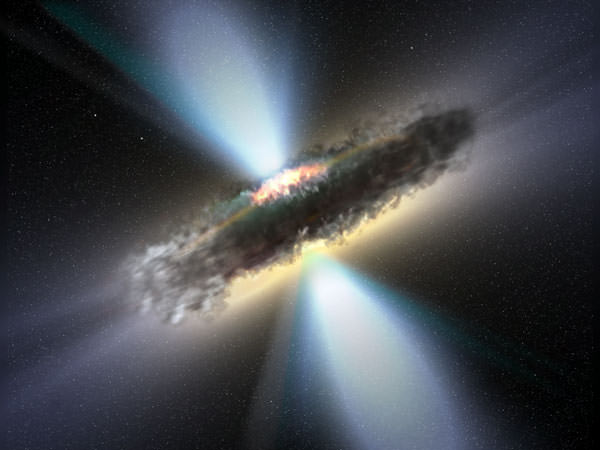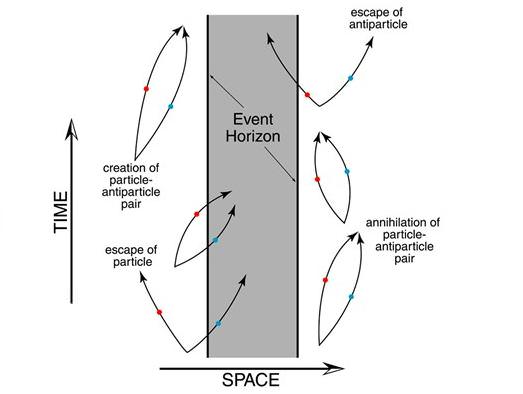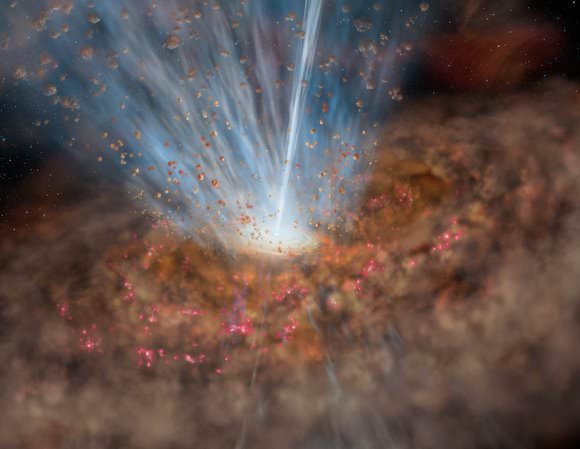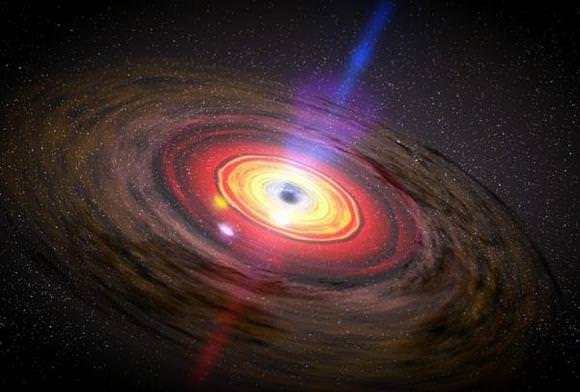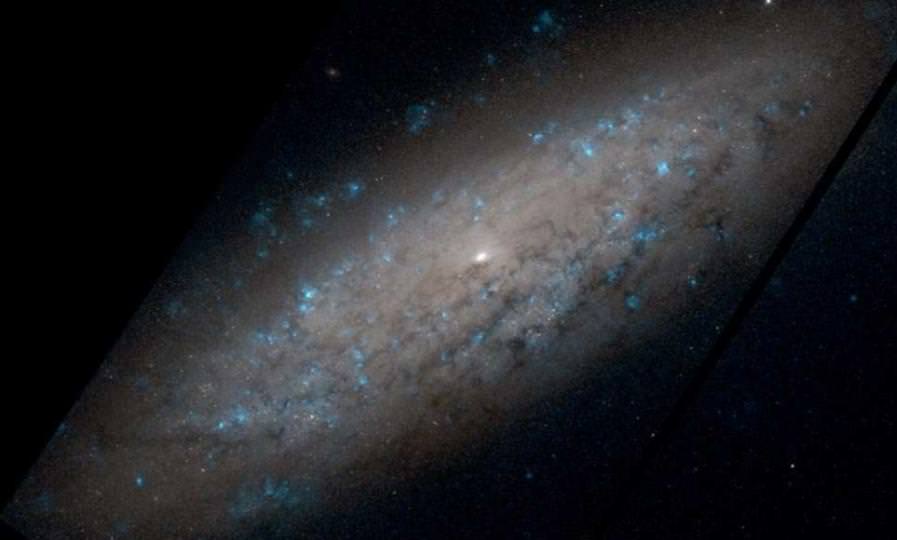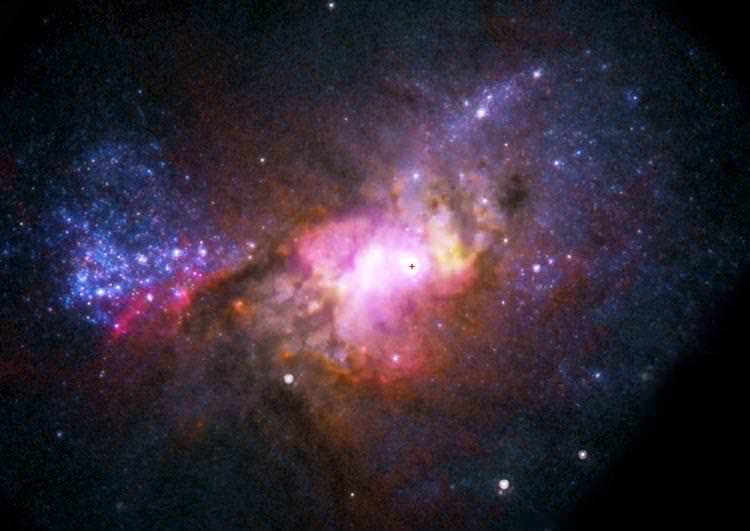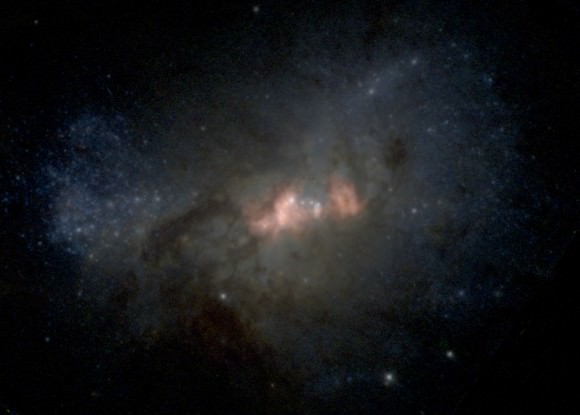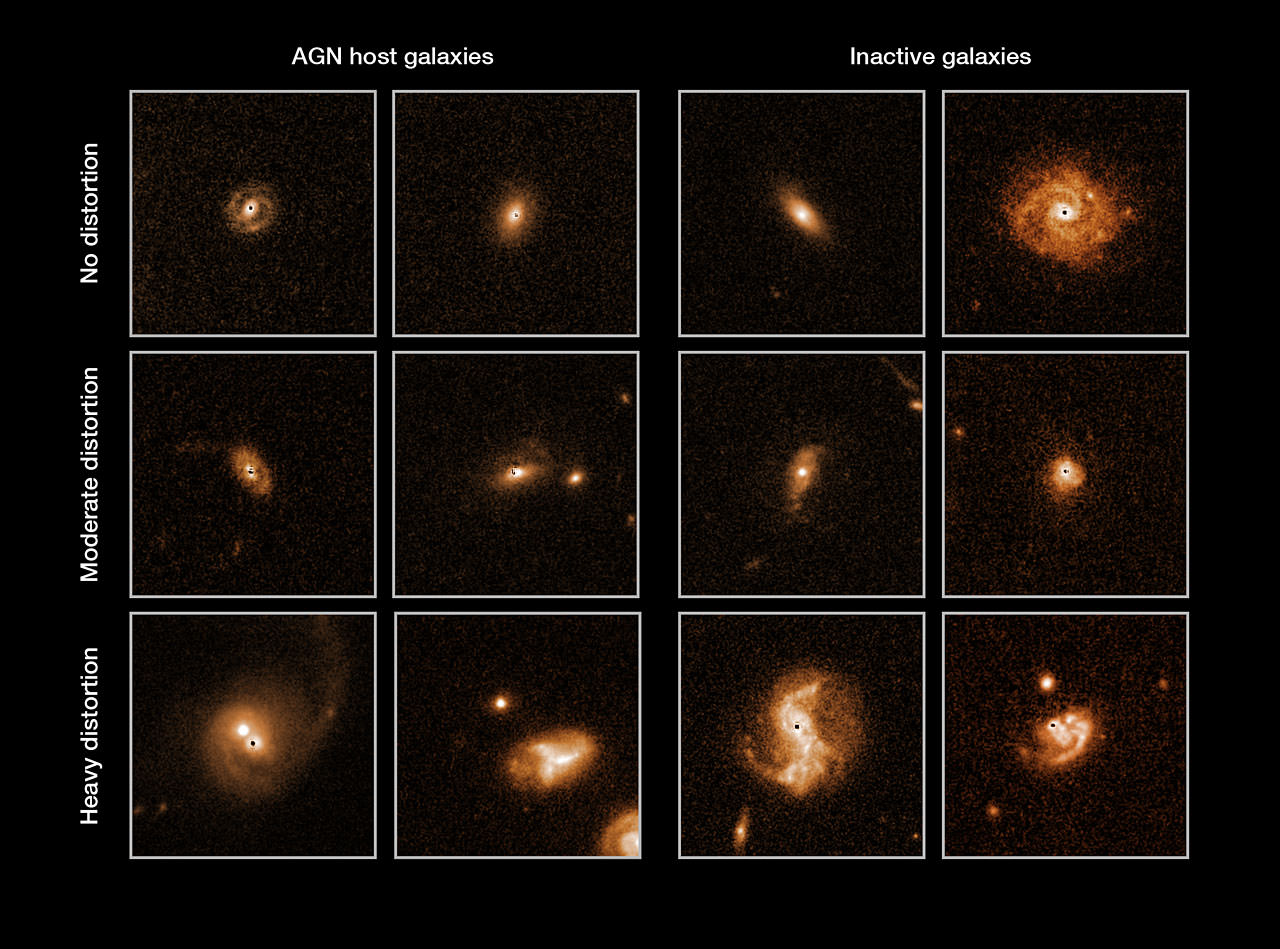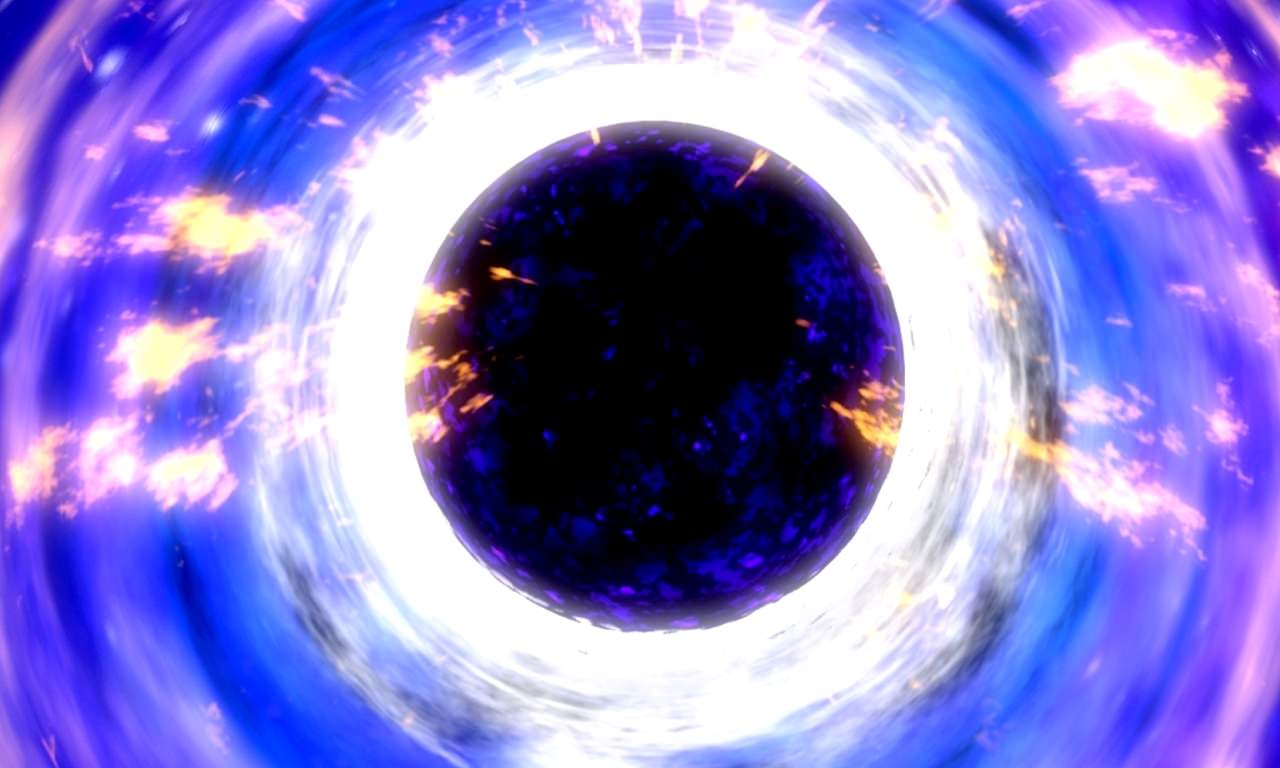[/caption]
Using the IBIS telescope onboard the European Space Agency’s INTEGRAL satellite, researchers have reported the first measurements of polarization from a black hole binary system, which comprises a black hole and a normal star orbiting around a common center of mass.
The new observations reveal that the chaotic region is threaded by magnetic fields, and represent the first time magnetic fields have been identified so close to a black hole. Most importantly, Integral shows they are highly structured magnetic fields that are forming an escape tunnel for hot matter that would otherwise plunge into the black hole within milliseconds.
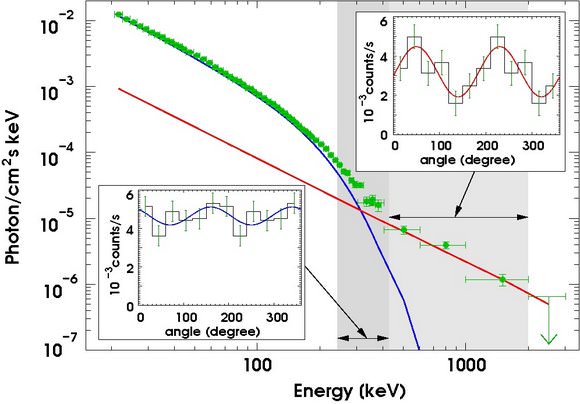
Philippe Laurent is a researcher with the Institute for Research into the Fundamental Laws of the Universe (IRFU), of the CEA in France. He is lead author on the paper, which appears today in Science Express.
Laurent and his colleagues detected polarized gamma-ray photons coming from Cygnus X-1 (19h 58m 21.6756s +35° 12′ 05.775″), a well-known black hole X-ray binary system in the constellation Cygnus. They suggest the polarized emission is originating from a jet of relativistic particles in close proximity to the black hole.
The graph above refers to the team’s results: “whereas the low energy photons seem not to be polarized (the inset line at the left is merely flat), the higher energy ones are strongly polarized (the inset line in the right seems to be sinusoidal), and thus should related to the jet,” Laurent wrote in an email.
The authors reveal more detail through the paper: “Spectral modeling of the data reveals two emission mechanisms: The 250-400 keV data are consistent with emission dominated by Compton scattering on thermal electrons and are weakly polarized,” they write. “The second spectral component seen in the 400keV-2MeV band is by contrast strongly polarized, revealing that the MeV emission is probably related to the jet first detected in the radio band.”
Their evidence points to the black hole’s magnetic field being strong enough to tear away particles from the black hole’s gravitational clutches and funnel them outwards, creating jets of matter that shoot into space, according to an ESA press release. The particles in the jets are being drawn into spiral trajectories as they climb the magnetic field to freedom and this is affecting a property of their gamma-ray light known as polarization.
A gamma ray, like ordinary light, is a kind of wave, and the orientation of the wave is known as its polarization. When a fast particle spirals in a magnetic field it produces a kind of light, known as synchrotron emission, which displays a characteristic pattern of polarization. It is this polarization that the team have found in the gamma rays. It was a difficult observation to make.
“We had to use almost every observation Integral has ever made of Cygnus X-1 to make this detection,” says Laurent.
Amassed over seven years, these repeated observations of the black hole now total over five million seconds of observing time, the equivalent of taking a single image with an exposure time of more than two months. Laurent’s team added them all together to create just such an exposure.
“We still do not know exactly how the infalling matter is turned into the jets. There is a big debate among theoreticians; these observations will help them decide,” says Laurent.
Jets around black holes have been seen before by radio telescopes but such observations cannot see the black hole in sufficient detail to know exactly how close to the black hole the jets originate. That makes these new observations invaluable. Such polarization measurements can provide direct insights into the nature of many astrophysical processes and the researchers say that, in the future, their discovery could further our understanding of the emission mechanisms of Cygnus X-1, a model for other black-hole binaries in the universe.
Source: Science. The paper appears today, at the Science Express website.


